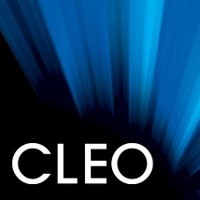Abstract
We describe a new approach—Dislocation Engineering—using, crucially, just conventional ULSl technology, to make efficient light emitting diodes (LEDs) in silicon operating at room temperature. Because of its indirect bandgap silicon is fundamentally a poor emitter of light. The main reason is that fast non-radiative recombination routes dominate over slower radiative routes in this material. Indeed, in bulk silicon, at room temperature, radiative emission is normally entirely absent. However, if recombination through the non-radiative routes can be prevented, the radiative emission could in principle be enhanced. Non-radiative recombination is the result of diffusion of carriers to point defects in the silicon where efficient non-radiative recombination then occurs. Despite the already low defect concentrations in good quality silicon this non-radiative route always completely dominates. A way of enhancing the radiative efficiency would be to prevent the carrier diffusion. The method described here is to use the controlled introduction of dislocation loops by conventional ion implantation and thermal processing.
© 2002 Optical Society of America
PDF ArticleMore Like This
Marc de Cea and Rajeev J. Ram
SM3N.3 CLEO: Science and Innovations (CLEO:S&I) 2022
Yan Xiong
ITh4A.09 Information Optoelectronics, Nanofabrication and Testing (IONT) 2012
Akhilesh K. Singh, Karol G. Grycznski, Arup Neogi, and Moon Kim
JThE2 Quantum Electronics and Laser Science Conference (CLEO:FS) 2010

